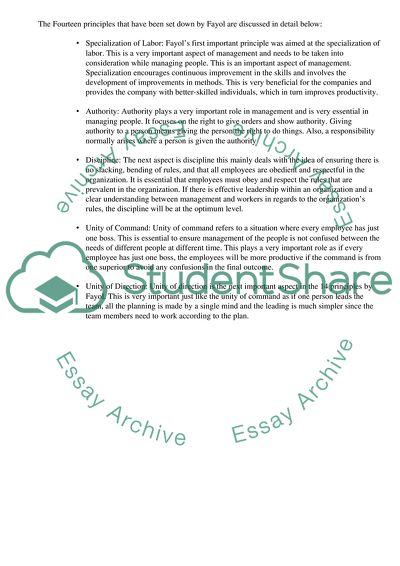Cite this document
(“Management Theories by Morgan, Fayol and Taylor Research Paper”, n.d.)
Management Theories by Morgan, Fayol and Taylor Research Paper. Retrieved from https://studentshare.org/management/1729876-organization-behavior
Management Theories by Morgan, Fayol and Taylor Research Paper. Retrieved from https://studentshare.org/management/1729876-organization-behavior
(Management Theories by Morgan, Fayol and Taylor Research Paper)
Management Theories by Morgan, Fayol and Taylor Research Paper. https://studentshare.org/management/1729876-organization-behavior.
Management Theories by Morgan, Fayol and Taylor Research Paper. https://studentshare.org/management/1729876-organization-behavior.
“Management Theories by Morgan, Fayol and Taylor Research Paper”, n.d. https://studentshare.org/management/1729876-organization-behavior.


